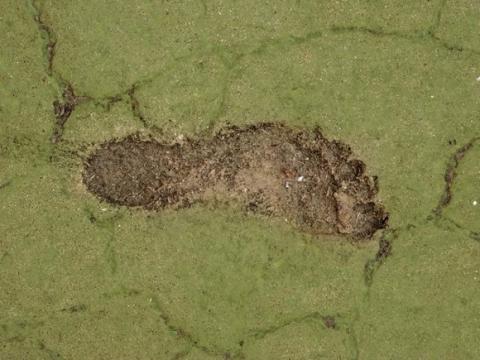Overview
In this topic, you will learn about the carbon farming activities introduced in Topic 1 and their potential co-benefits: benefits beyond reducing emissions and storing more carbon.
Farmers and land managers can be attracted to carbon farming because of the co-benefits, which include:
- more productive, better-preserved assets (such as soil, crops, livestock and Country)
- better water cycle
- protected and enhanced biodiversity and ecosystem function and resilience
- restored wetlands and salt-affected land
- reduced input costs and increased income, including from diversified income sources
- earning Australian Carbon Credit Units (ACCUs) and gaining Climate Active certification, although many farmers and land managers do carbon farming without being involved in the ACCU Scheme or Climate Active certification
- meeting requirements from supply chains or markets
- helping First Nations people pass on cultural traditions and knowledge and maintain spiritual connections to Country.
There are also trade-offs and risks involved in carbon farming. The topic also explores these.
Learning outcomes
After completing this topic, you will be able to:
- describe carbon farming activities and technologies
- explain the co-benefits and risks of carbon farming
- recognise First Nations peoples’ traditional land management practices
- identify the relevance (or not) of carbon market participation.
Watch this video
In this video (4:27 minutes), presenters Gail Reynolds-Adamson and Matt Woods introduce Topic 2 and provide important context.
GAIL REYNOLDS-ADAMSON: Welcome to topic two. What carbon farming is for me as a farmer or land manager.
This is where we look more deeply into the types of carbon farming activities you can undertake to help you think about the different options that suit your sector.
MATT WOODS: We'll also drill down more specifically into benefits for particular categories of farmers and landholders.
In addition, we'll explore options and opportunities through technology and practices to manage emissions and sequester or store carbon.
Touching on the pros and cons also.
REYNOLDS-ADAMSON: In topic one, we discussed climate change as the main reason why carbon farming is so important.
We also looked at how Aboriginal and Torres Strait Islander peoples have been using traditional practices to care for Country for a millennia.
These along with some Western agricultural practices allow farmers and land managers to not only manage emissions, but to care for their land more sustainably.
One of the most important things is to think about time.
Many First Nations people think in cyclical, not linear time. We also consider what generations both past and present will think about our decisions.
This helps us to think about long term, not just short term rewards.
This is a helpful perspective to consider for carbon farming as the benefits are not always immediate.
WOODS: Now let's look more specifically at your own reasons for considering carbon farming.
Chances are you're considering the economic benefits that it can bring, whether directly through carbon credits or indirectly by meeting the increasing expectations of supply chains and customers that you are reducing emissions.
Perhaps you're also interested in the many environmental benefits it can bring to your land, including habitat restoration, increasing biodiversity, and creating healthier soils and waterways.
There is no right or wrong reason, and no matter what's your original motivation, before embarking on a carbon farming project, it's important that you're aware of all the potential benefits and risks.
It can also be helpful to keep your why in mind when things get tough because at times, they will.
REYNOLDS-ADAMSON: For me, the why is about putting Country first. The Kardutjaanup Tree Rejuvenation Project is an example of this. With commercial partners, Esperance Tjaltjraak Native Title Aboriginal Corporation has bought 4000 hectares of farming land where we will plant 4.5 million trees.
In the longer term, this project will generate income through carbon credits, but there are other benefits such as creating healthy Country, increasing biodiversity, reducing carbon emissions, and giving Wudjari Traditional Owners self determination over their future. I will share more about the Kardutjaanup story in a case study later in this package.
WOODS: There are schemes specifically for Indigenous farmers and land managers to benefit economically from these practices, but Indigenous and non-Indigenous farmers and landholders alike can benefit from collaborative approaches that consider multiple perspectives to ensure that carbon farming projects are not only economically beneficial, but also environmentally sustainable, and culturally and socially equitable. This recognition of diverse values and priorities can lead to more inclusive and effective environmental and land management initiatives.
REYNOLDS-ADAMSON: So, as you work through this topic, you will learn about potential benefits and disbenefits and sources of emissions, i.e., your footprint, both direct and indirect.
We'll look at opportunities for avoidance and or reduction, see some examples, and hear from some experts.
At the end, you'll be again prompted to respond to these focused questions in preparation for informed discussions with the right experts to guide your decisions.

